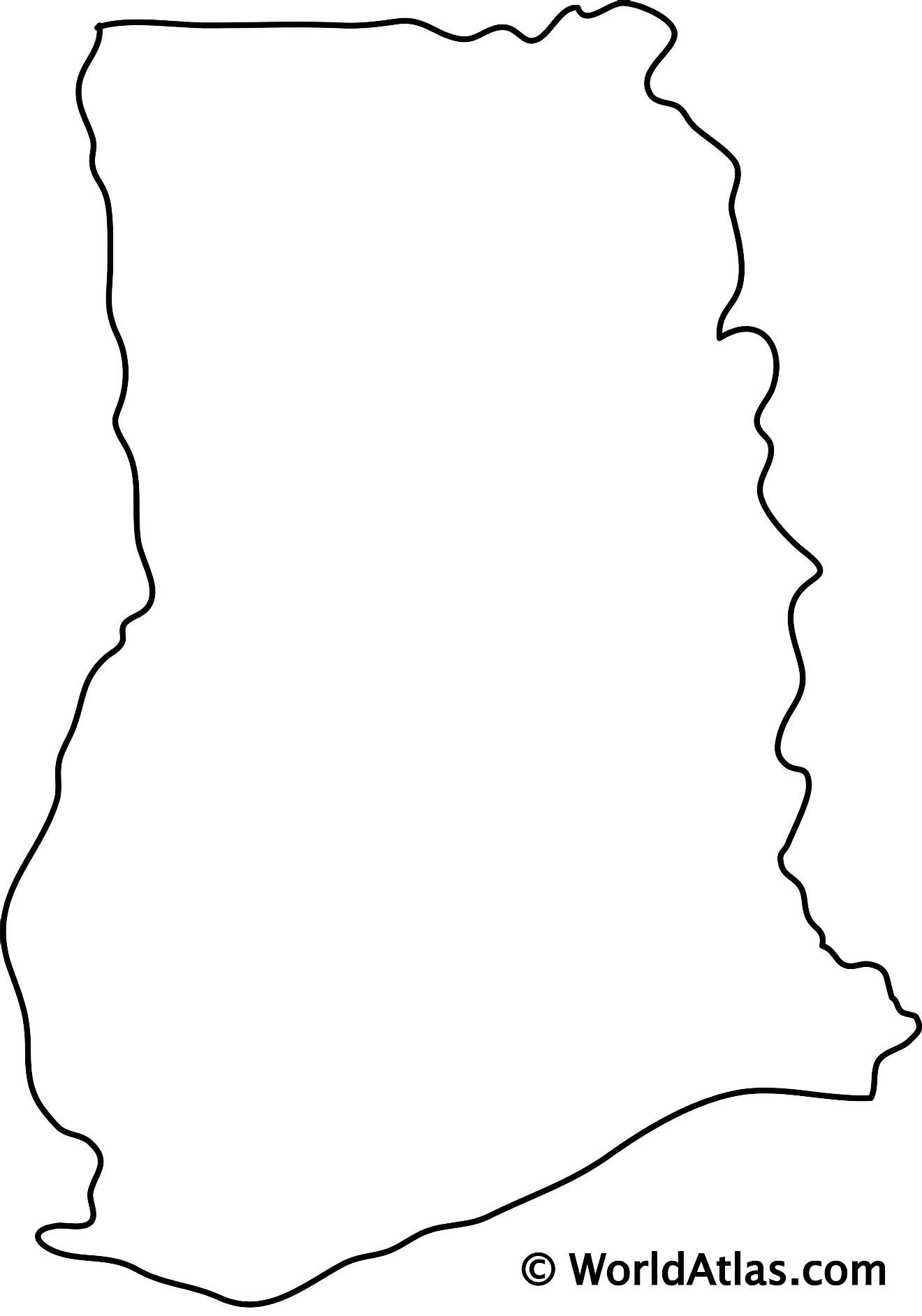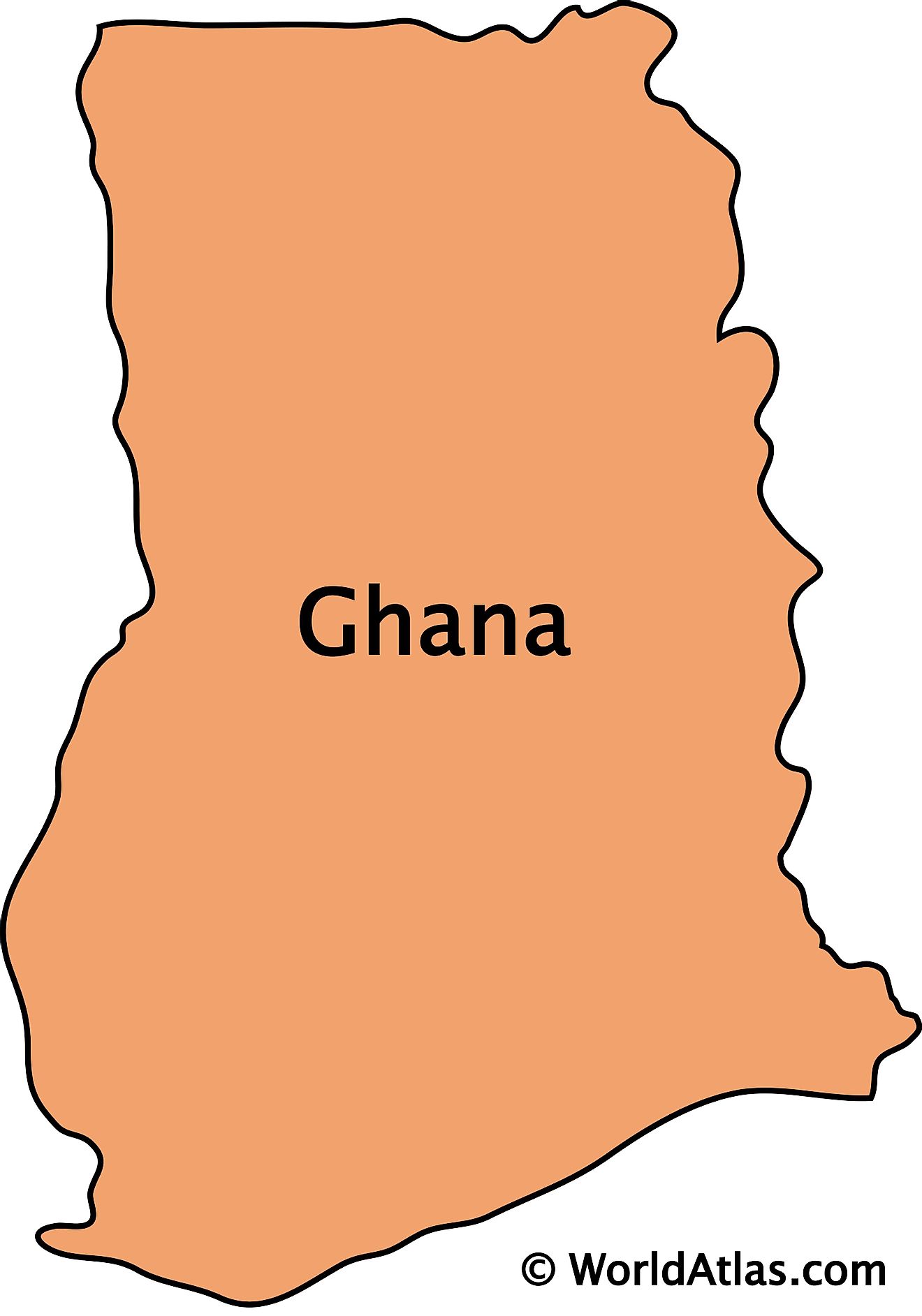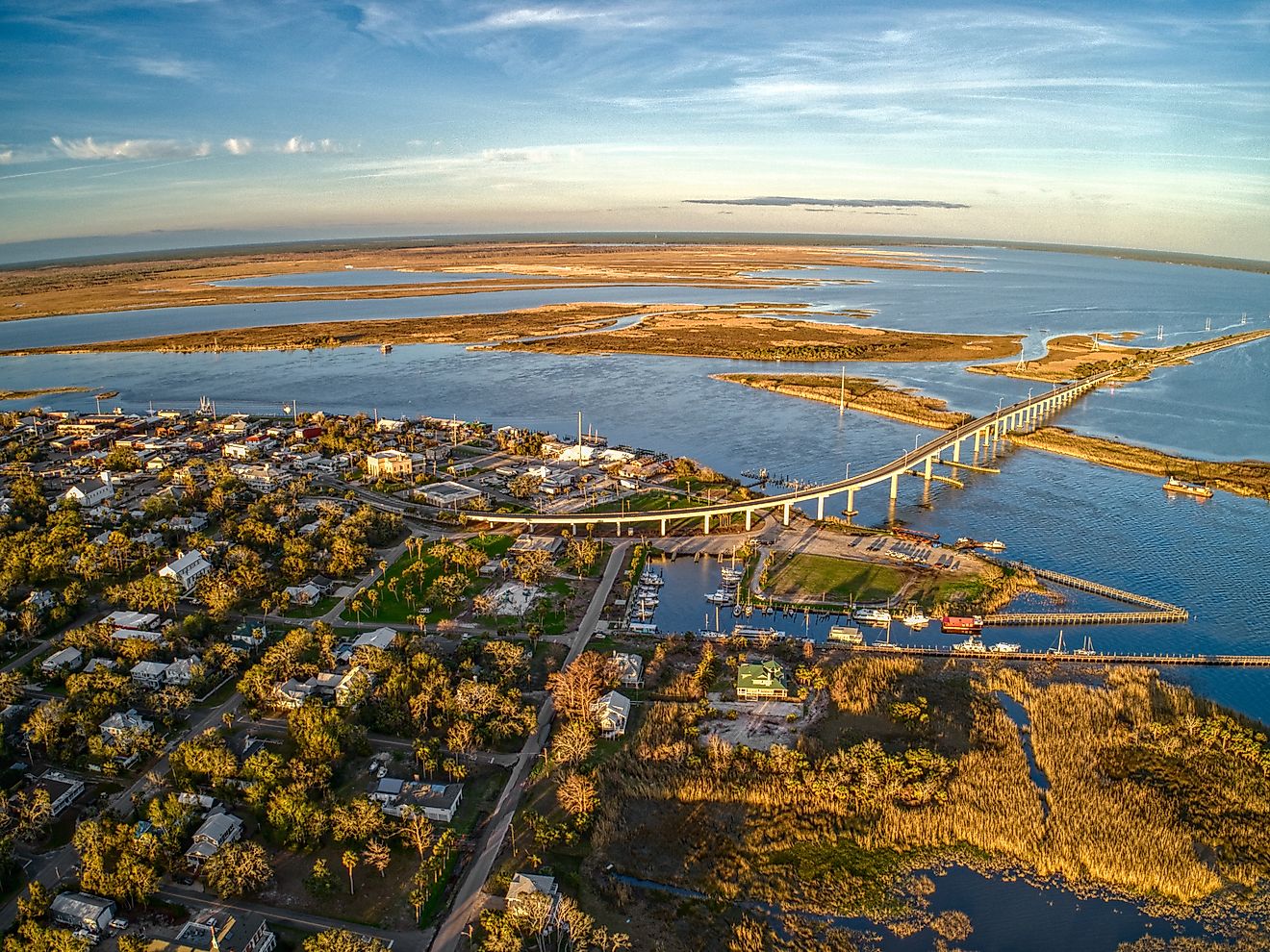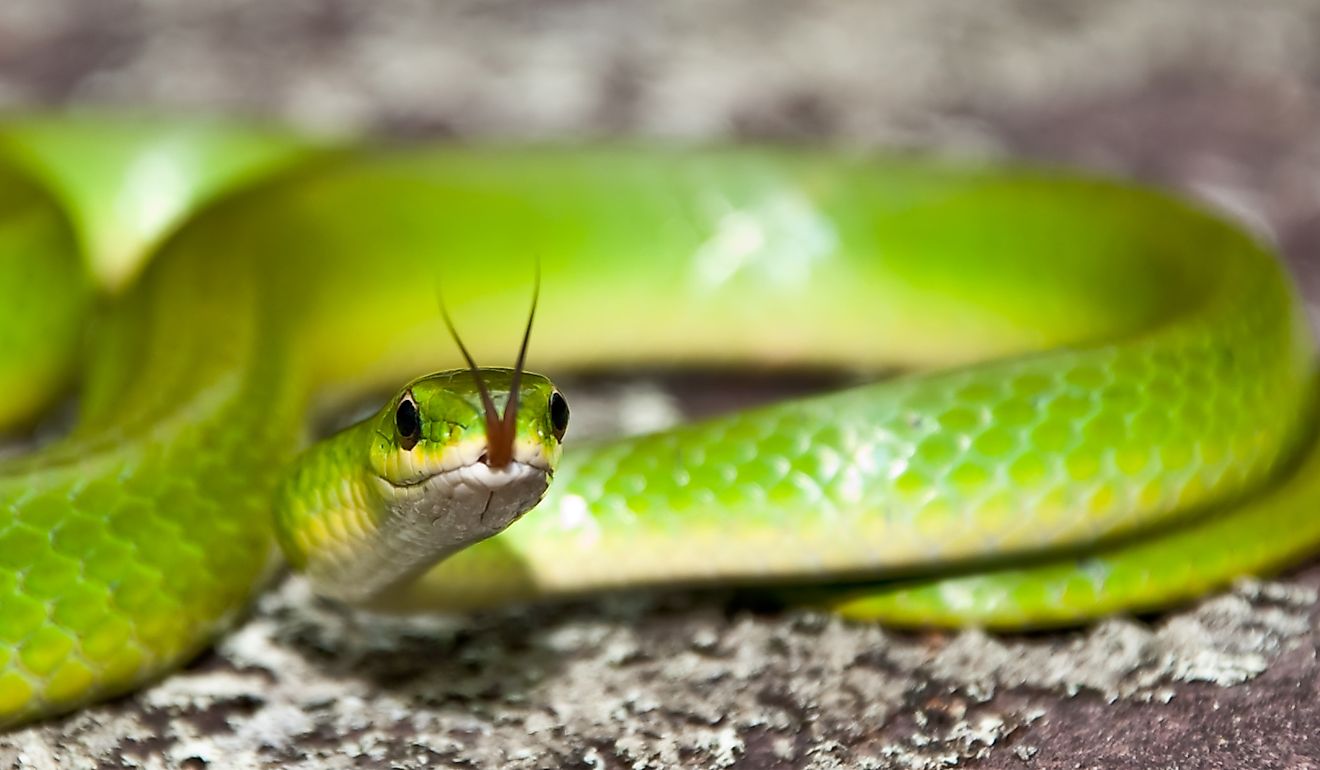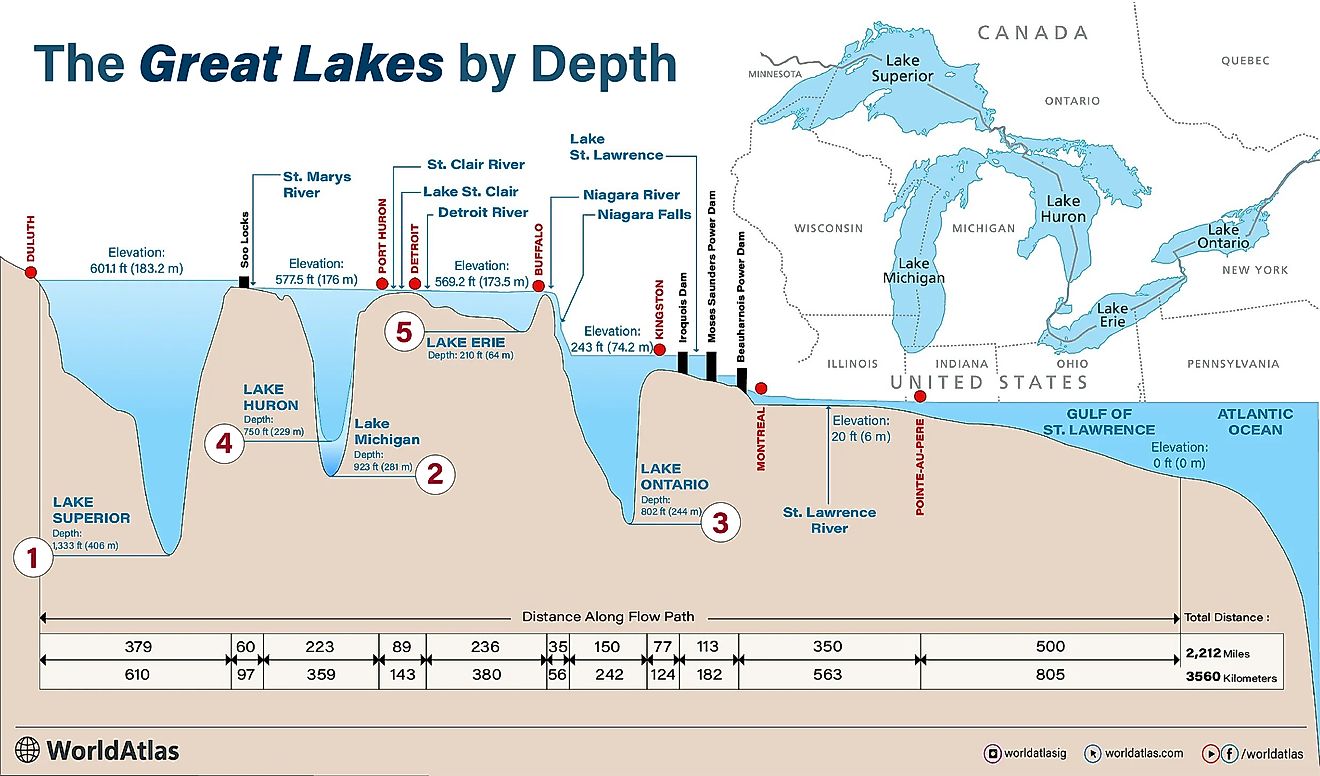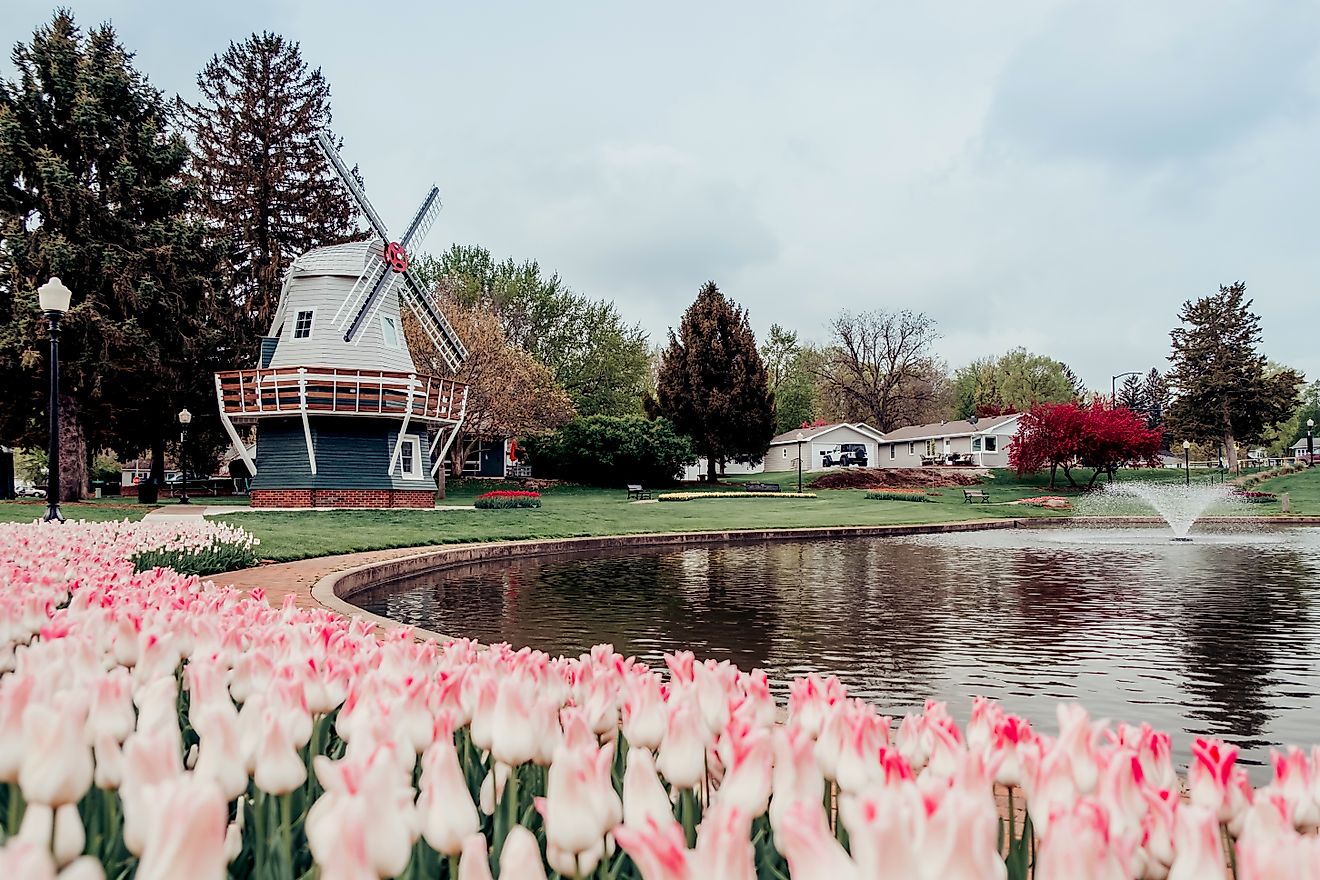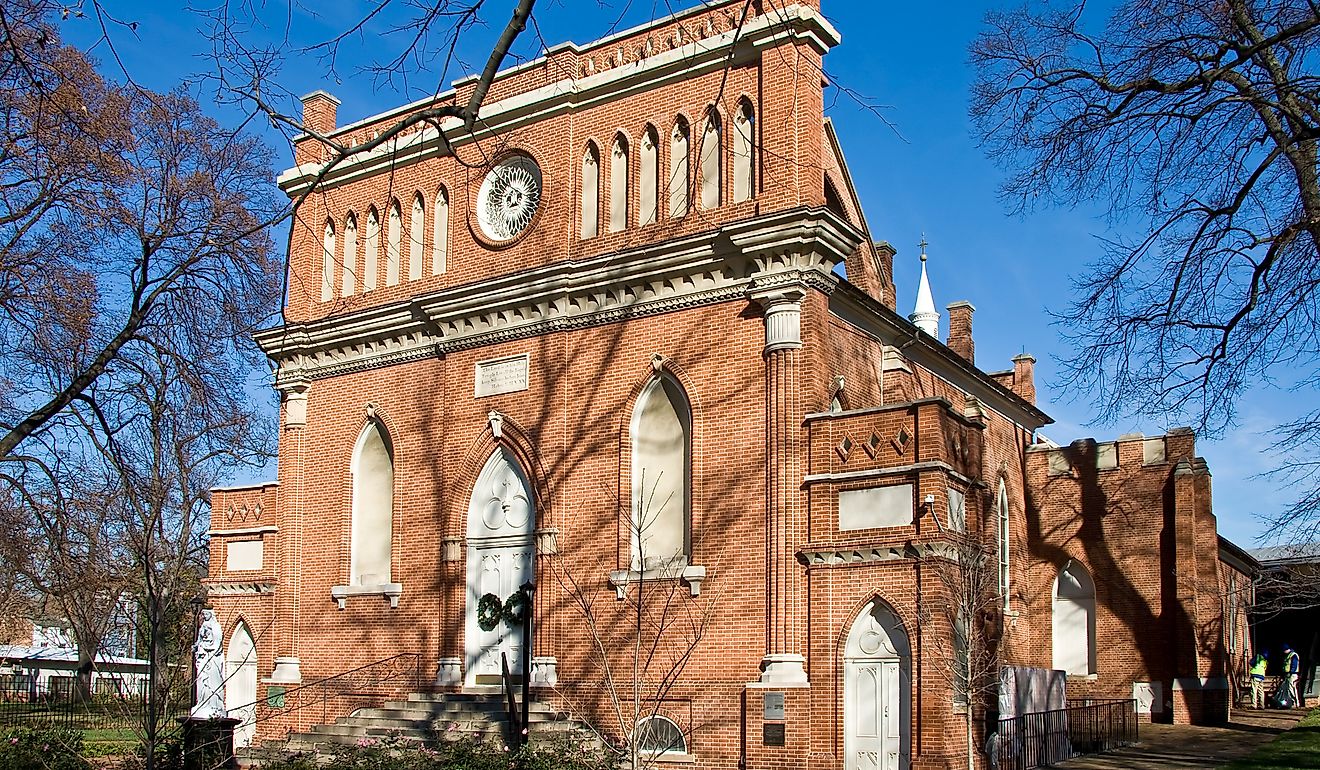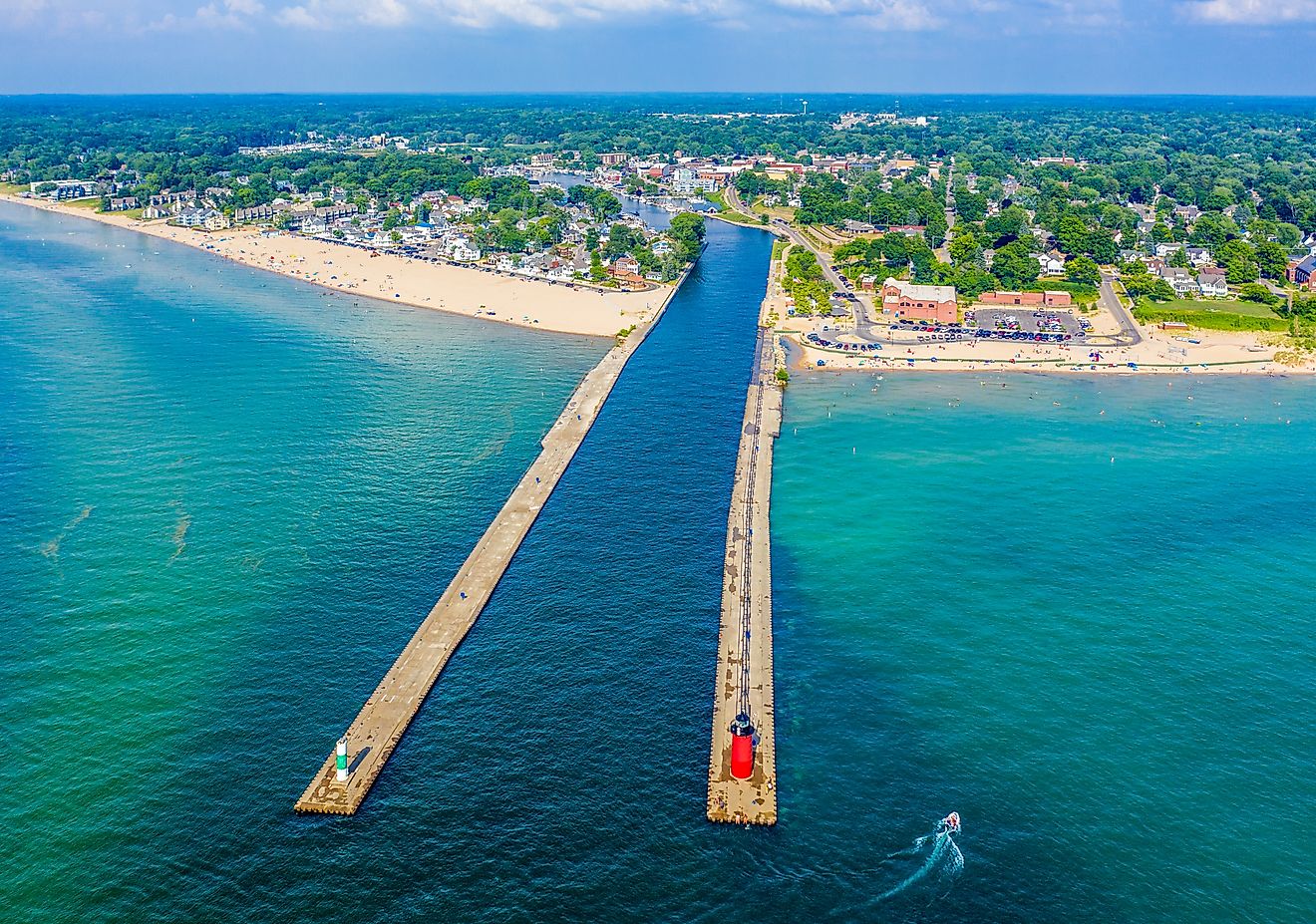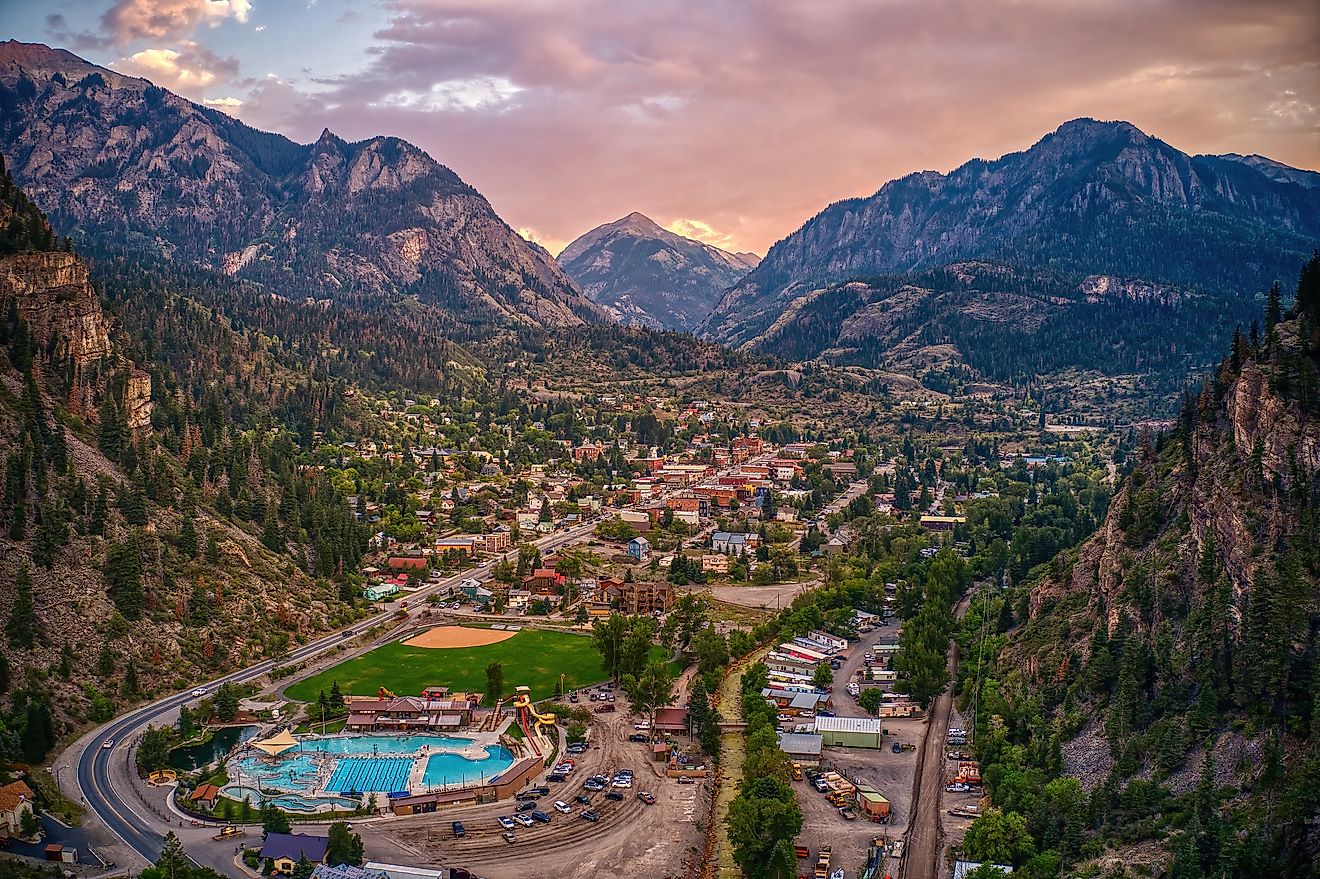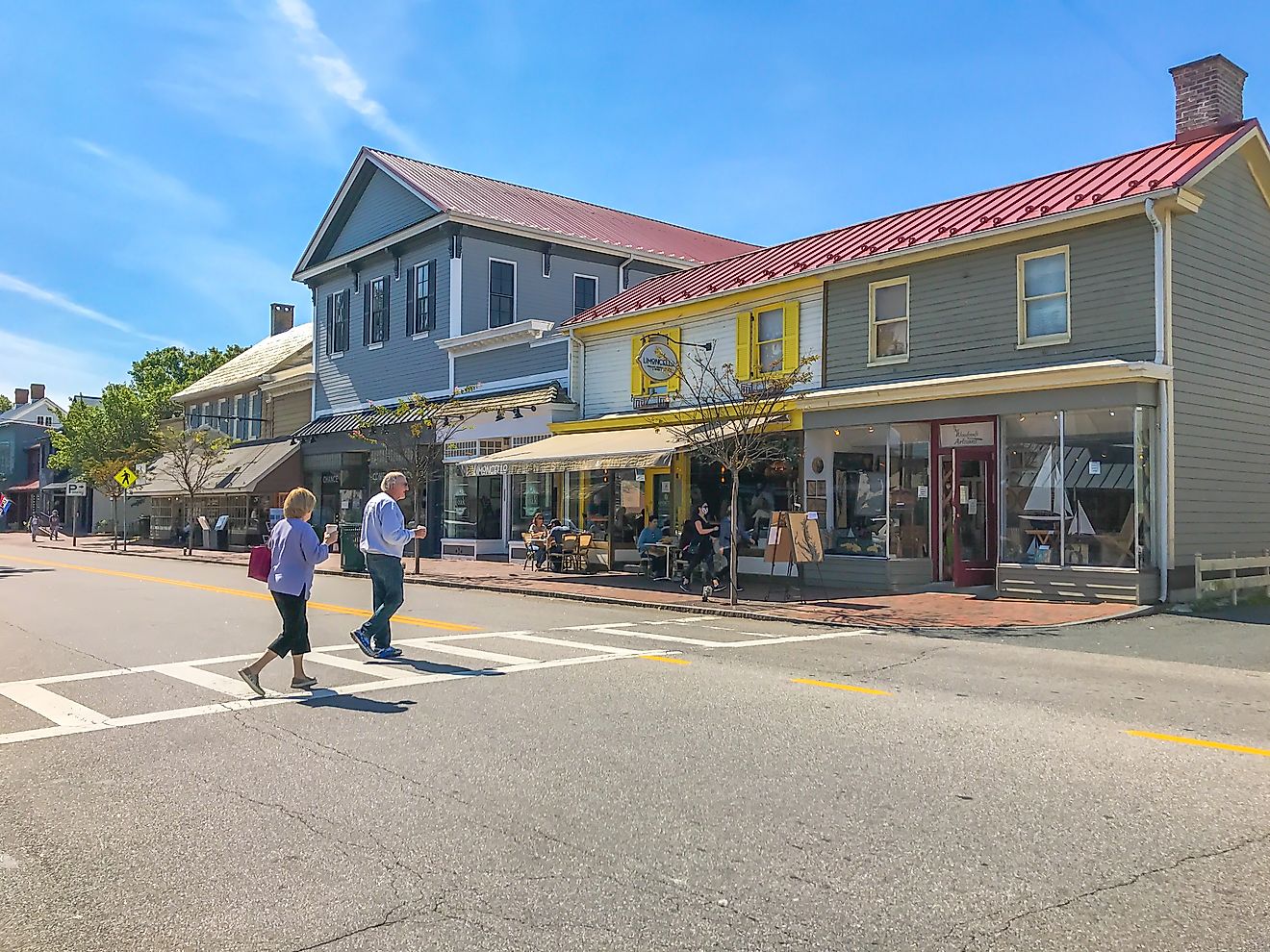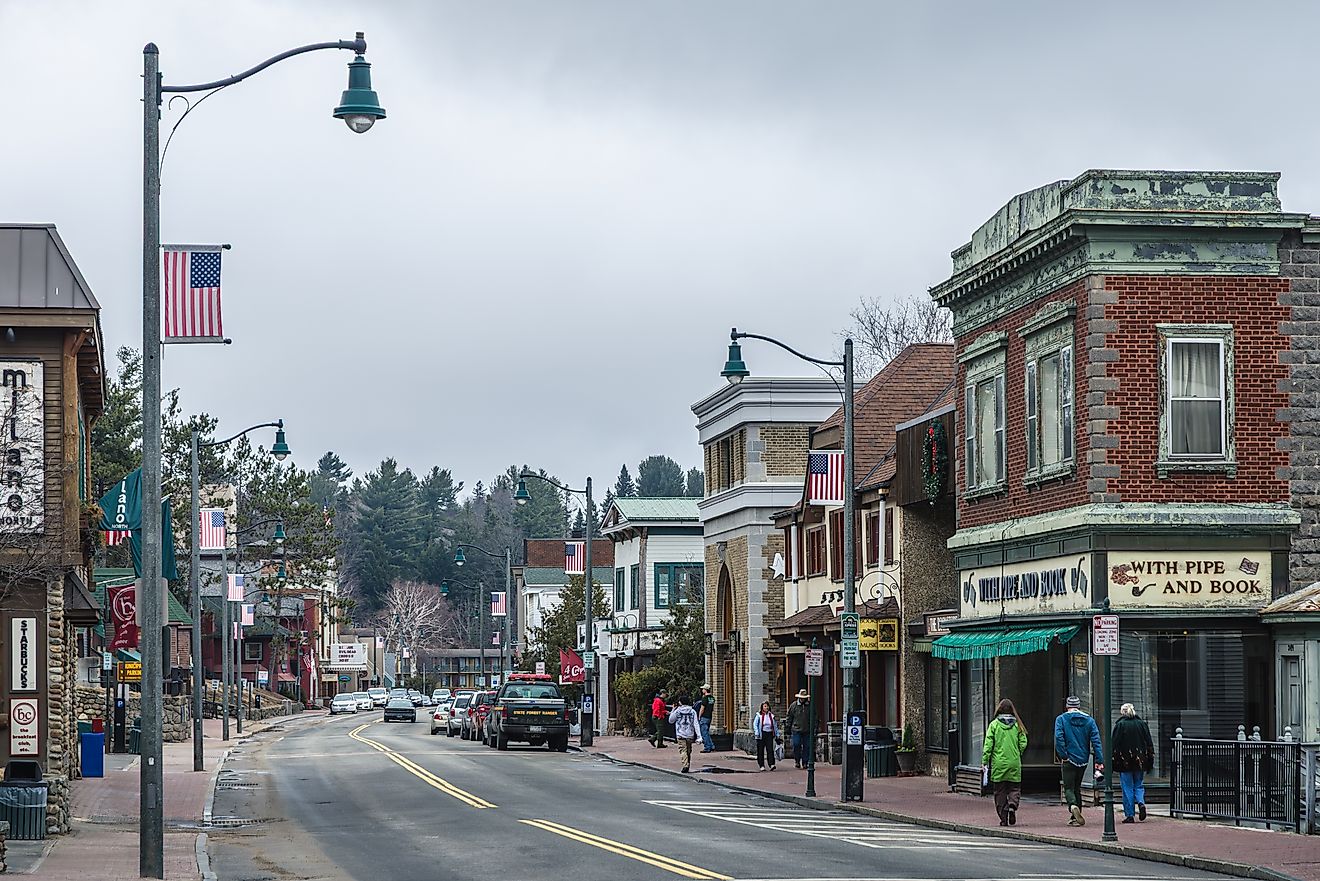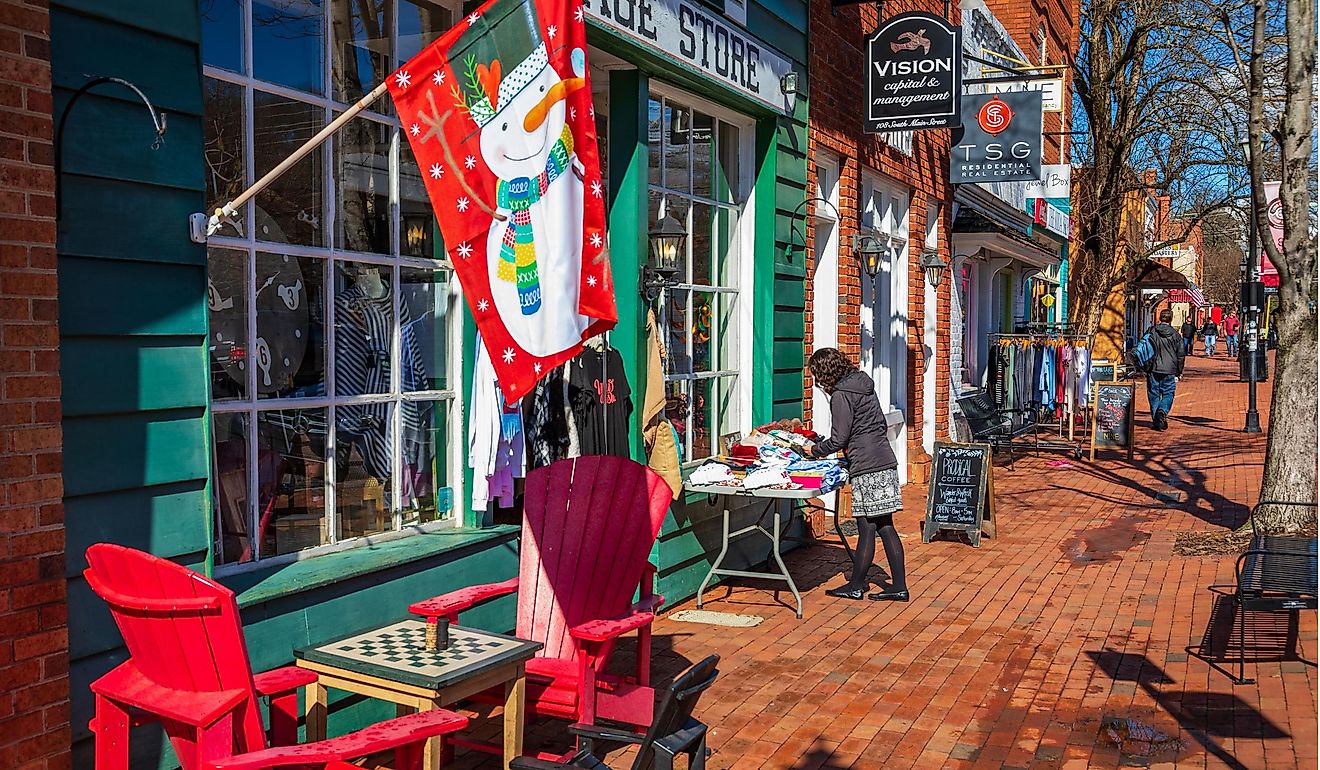Maps of Ghana
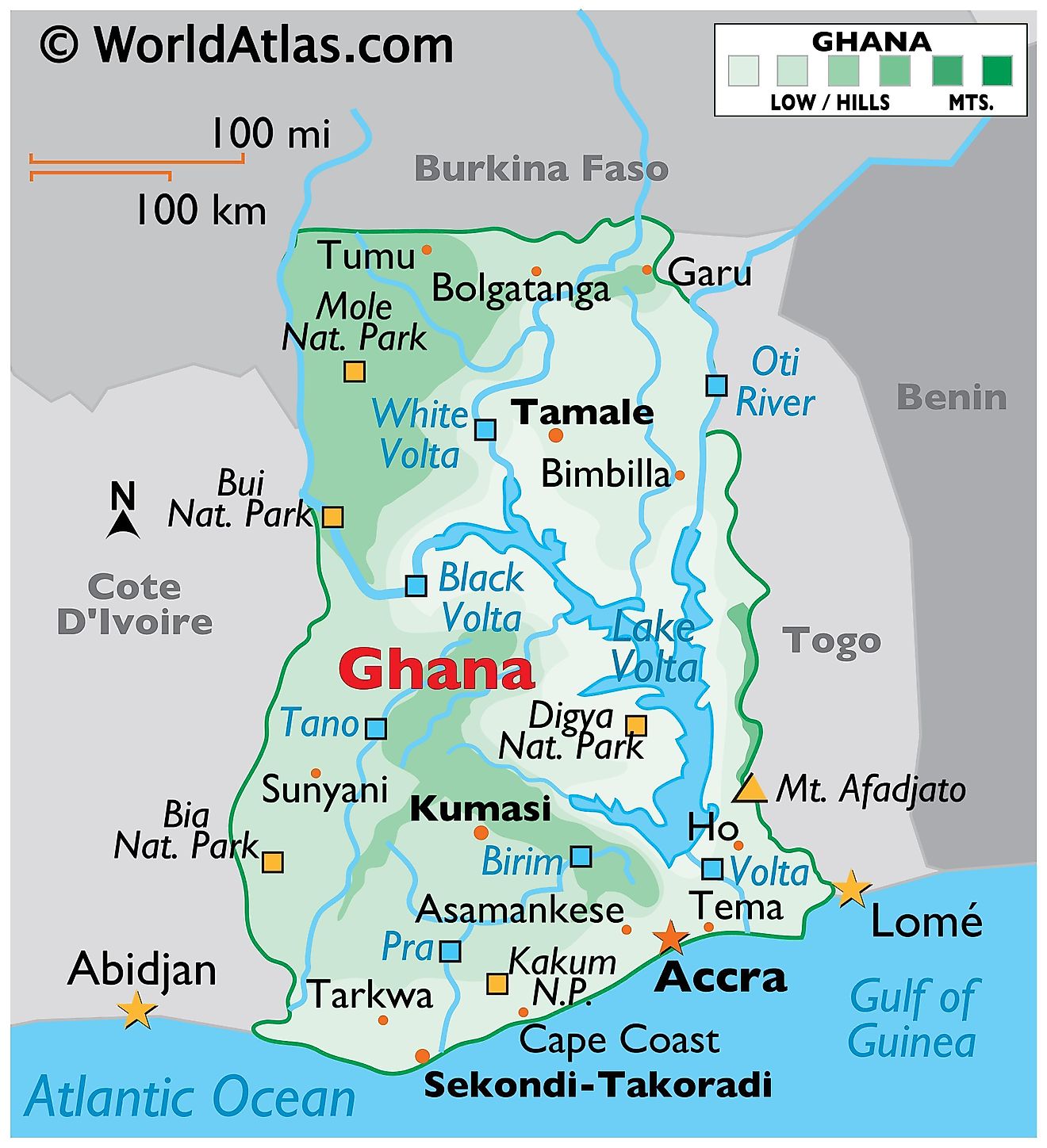
Ghana, covering a total area of about 238,540 km2 (or approximately 92,101 mi2), is situated on the Gulf of Guinea and the Atlantic Ocean in the subregion of West Africa. The country shares its borders with three countries: Côte d'Ivoire to the west, Burkina Faso to the north, and Togo to the east. Ghana's southern coastline stretches 537 km along the Gulf of Guinea and the Atlantic Ocean.
The country's geographical landscape is primarily divided into four distinct regions: the Coastal Plain, the Ashanti Uplands, the Volta Basin, and the Northern Plains.
The Coastal Plain, also referred to as the Accra Plains, lies adjacent to the Gulf of Guinea and the Atlantic Ocean. It is characterized by low-lying sandy shores extending from the east to the west. The region consists of lagoons, wetlands, and mangroves, offering critical habitats for various species of birds and sea turtles. As a significant commercial hub, the region's urban areas, including the bustling city of Accra, Ghana's capital, illustrate the integration of urbanization and natural topography.
The Ashanti Uplands region, encompassing the Ashanti and Kwahu Plateau, forms the geographical backbone of Ghana. This hilly area, located in the southern half of the country, is known for its undulating terrain, the peaks and valleys of which are the source of several rivers, including the Pra, the Ofin, and the Ankobra. Cocoa, one of Ghana's principal export crops, thrives in the fertile soils of this region.
The Volta Basin takes up the central part of Ghana, named after the Volta River system. This basin comprises low-lying plains interspersed with a scattering of hills and ranges. The topography also includes the Akwapim-Togo ranges, which run parallel to the eastern border with Togo. Regarding some of these elevations in the basin, Mount Afadjato rises only 885 m but it is still the highest point in the country. Dominating the landscape in this region is Lake Volta, one of the world's largest man-made lakes, formed by the Akosombo Dam on the Volta River. This lake plays a pivotal role in the country's economy, providing hydroelectric power, serving as a significant waterway for transportation, and offering a resource for fishing.
The Northern Plains, also referred to as the Savannah region, span the northern part of Ghana. This region experiences a semi-arid climate, with a single rainy season, resulting in sparse vegetation primarily comprising of grasslands and baobab trees. The White Volta and the Black Volta rivers cross these plains, providing the necessary irrigation for farming activities in this predominantly agricultural region.
Bodies of Water: Formed by the Akosombo Dam, and completed in 1965, Lake Volta is the largest reservoir by surface area in the world and the fourth largest one by water volume. It is located completely within Ghana, and it has a surface area of about 8,502 km2, dwarfing other lakes in Ghana like Bosumtwi. The country also has several significant rivers, including the Volta and its tributaries, the White Volta and the Black Volta, as well as the Ankobra, the Tano, the Pra, and the Densu. These rivers, each flowing towards the Gulf of Guinea, contribute significantly to irrigation, fishing, and transportation within the country. Ghana also possesses a few small islands like Dodi Island located in Lake Volta.
Regions of Ghana Map
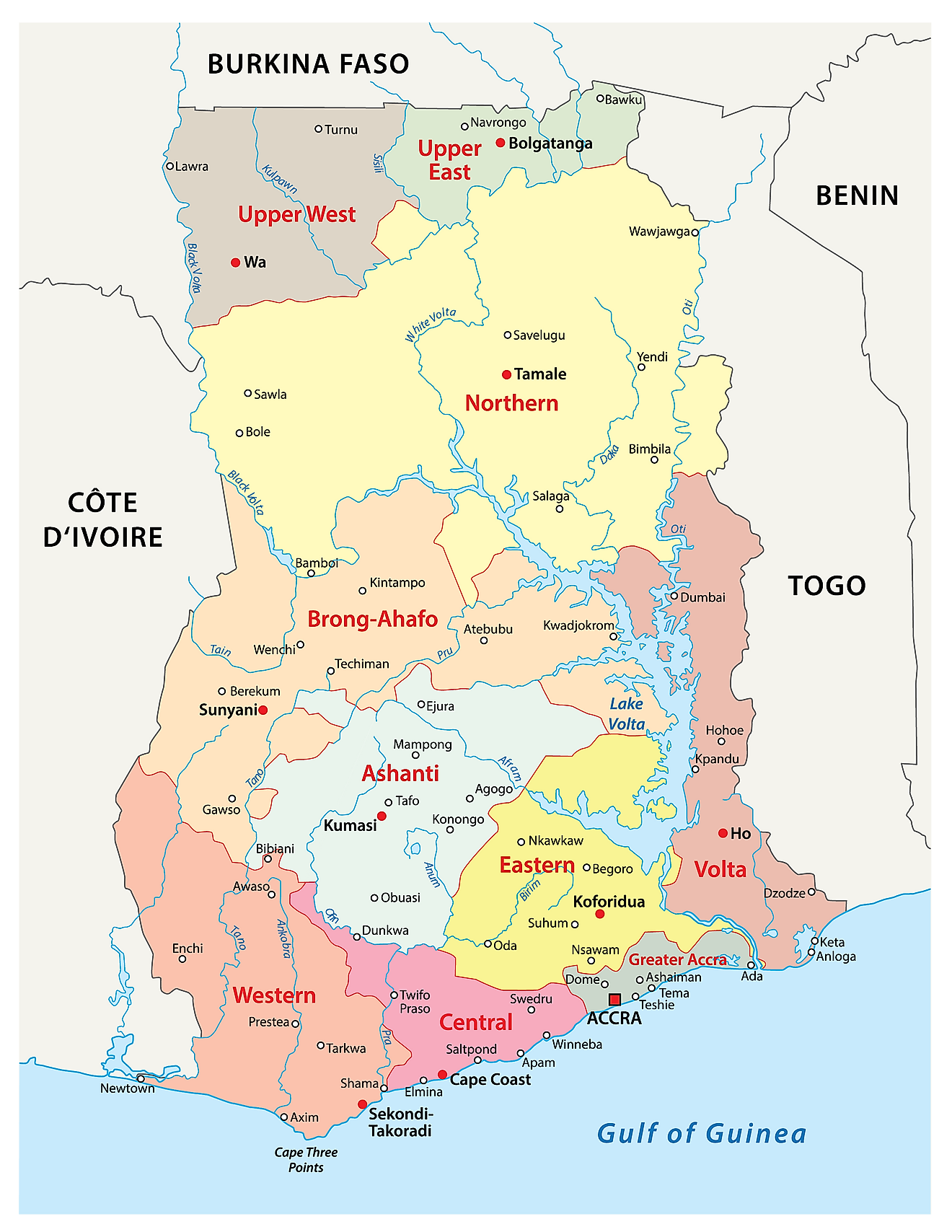
Ghana is divided into 16 regions that are further subdivided into 212 districts and then into councils and unit committees.
The 16 regions of Ghana are Ahafo, Ashanti, Bono, Bono East, Central, Eastern, Greater Accra, North East, Northern, Oti, Savannah, Upper East, Upper West, Volta, Western, and Western North.
The national capital of Accra is located in the Greater Accra Region.
Where is Ghana?
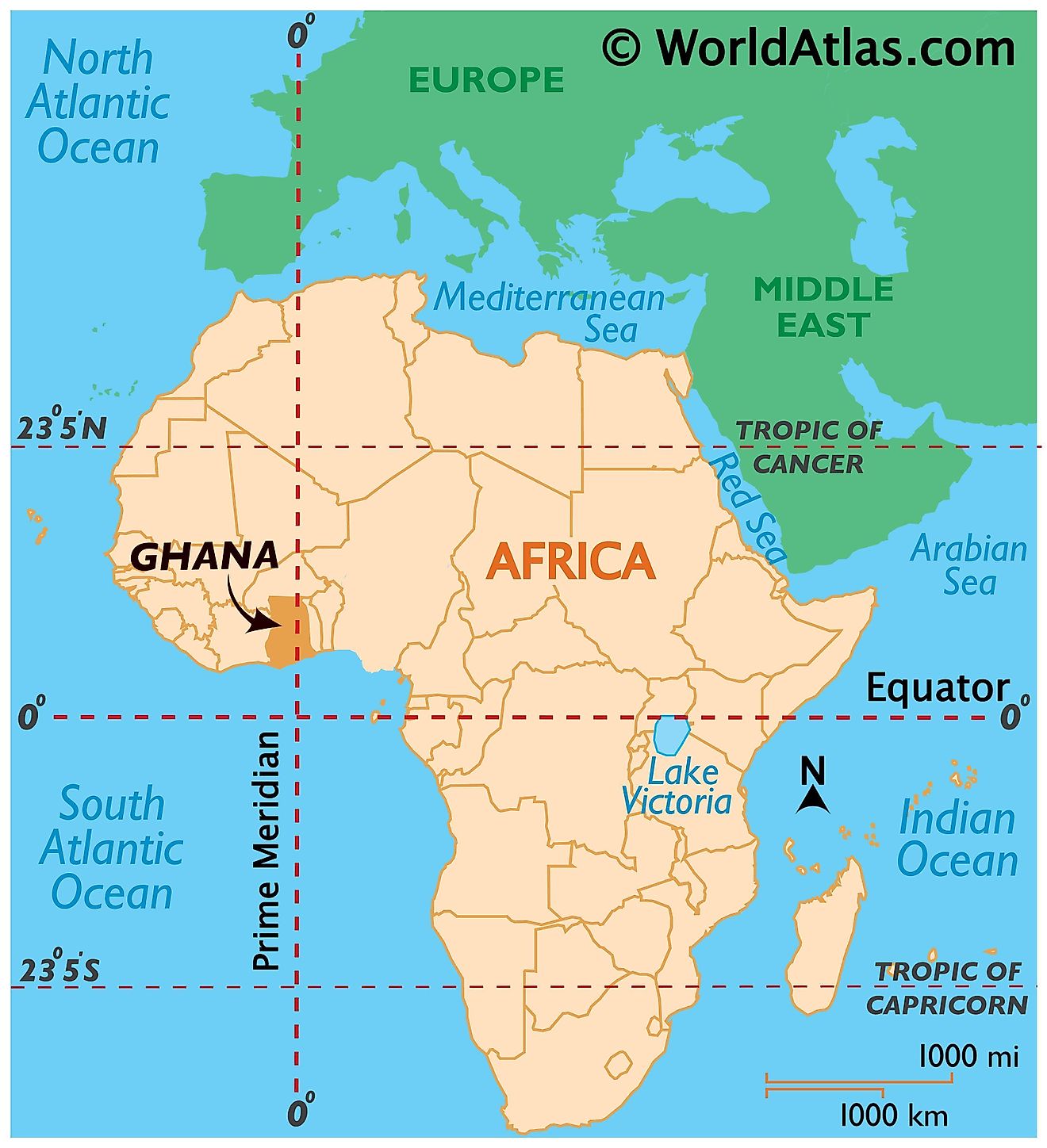
Ghana is a country in West Africa. It is located in the Northern Hemisphere. The Prime Meridian passes through it. The three countries of Ivory Coast, Burkina Faso, and Togo border Ghana to the west, north, and east respectively. The country has a coastline on the Gulf of Guinea and the Atlantic Ocean in the south.
Ghana Bordering Countries: Burkina Faso, Togo, Cote D'Ivoire.
Regional Maps: Map of Africa
Outline Map of Ghana
Key Facts
| Legal Name | Republic of Ghana |
|---|---|
| Flag |
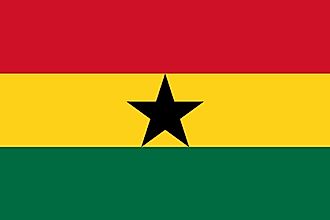
|
| Capital City | Accra |
| 5 33 N, 0 13 W | |
| Total Area | 238,533.00 km2 |
| Land Area | 227,533.00 km2 |
| Water Area | 11,000.00 km2 |
| Population | 30,417,856 |
| Major Cities |
|
| Currency | Cedis (GHC) |
| GDP | $66.98 Billion |
| GDP Per Capita | $2,202.12 |
This page was last updated on August 8, 2023
